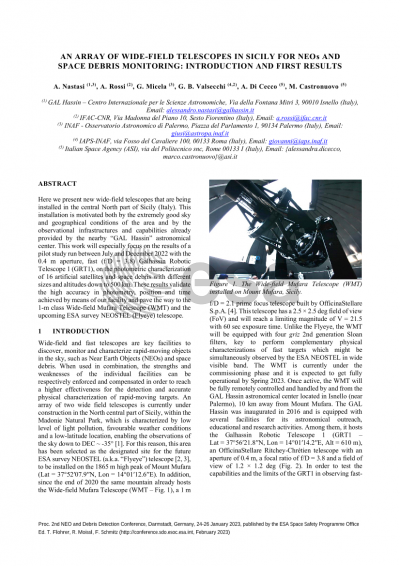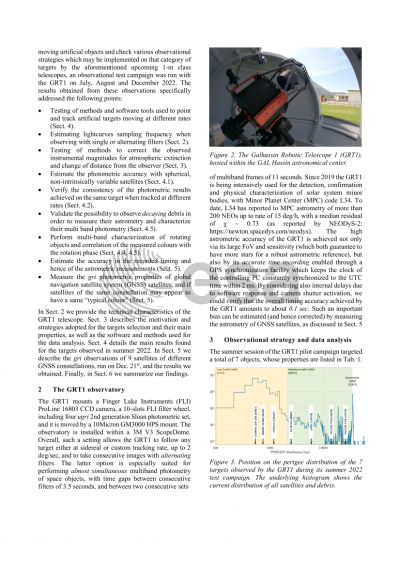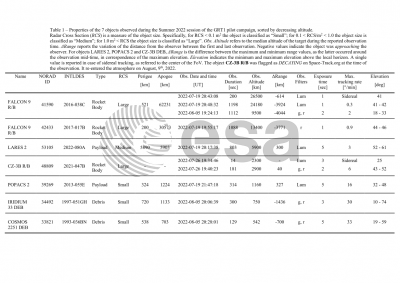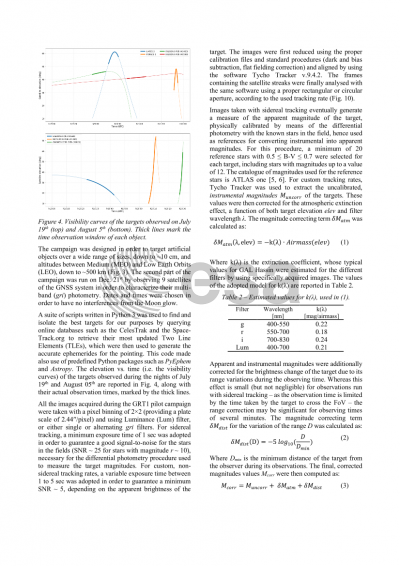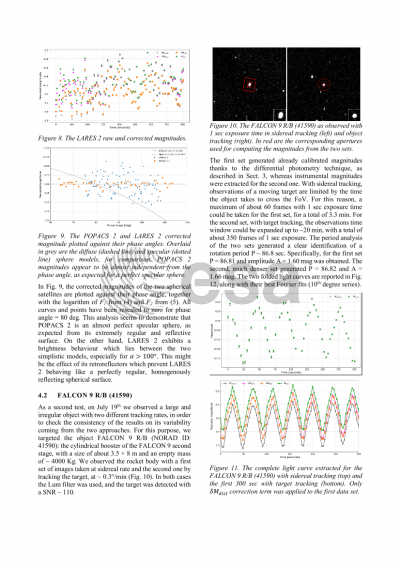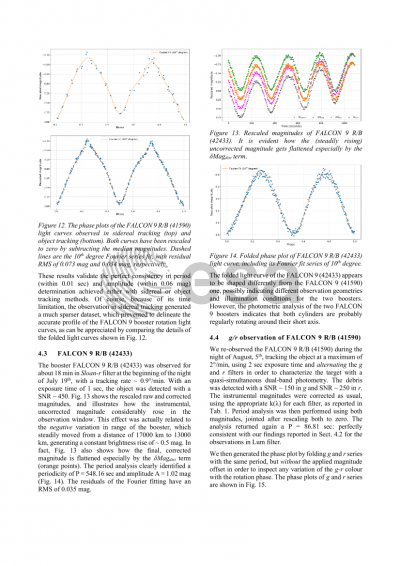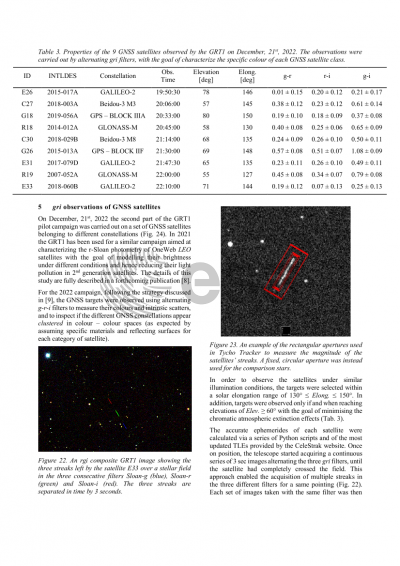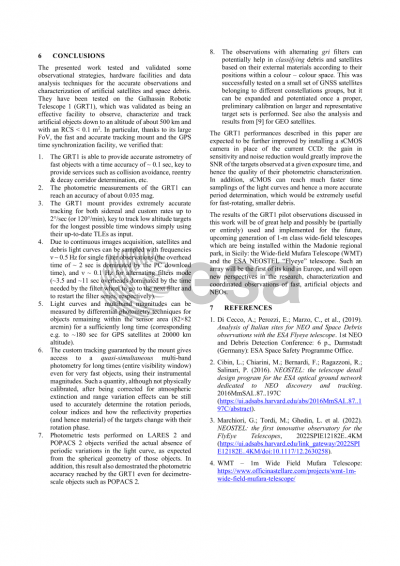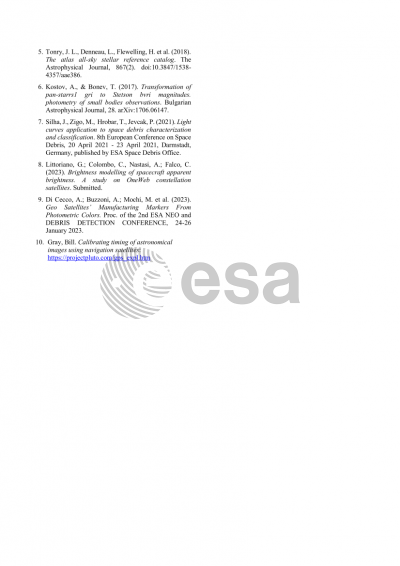Document details

Abstract
Wide-field and fast telescopes are key facilities to discover, monitor and characterize rapid-moving objects in the sky, such Near Earth Objects (NEOs) and space debris.
The Wide-field Mufara Telescope (WMT) is a prime focus 1-meter f/D=2.1 remotely controlled telescope installed on Mount Mufara (1865 m), in Sicily, Italy, and it is currently under a commissioning phase. It is expected to be fully operational by the end of 2022. This new instrument, with a field of view (FoV) of 6 square degrees, will represent a crucial facility in the Mediterranean area to discover and characterize new potentially hazardous objects (PHOs) and measure their trajectories. The WMT will complement the activities of largest telescopes operating at other wavelength windows, in the framework of the multi-messenger astrophysics. On top of that, WMT's ability to perform multi-band photometry will make it a facility complementary and of great support to the activities of the future ESA NEOSTEL telescope, which will be installed on the same mountain, few hundreds meters away.
The WMT will also be an effective tool in monitoring space debris, thanks also to its fast tracking capability up to 6 deg/sec.
Alongside of the WMT, the GAL Hassin Robotic Telescope 1 (GRT1) is another wide-field (4 square degrees FoV), fast (f/D=3.8) telescope with 400mm aperture installed in the same geographical area (within the GAL Hassin astronomical center) and fully operational since 2016. The GRT1 is already extensively used to confirm and characterize newly discovered and fast NEOs. In addition, the GRT1 has recently been used to carry out a successful pilot study on the astrometric and photometric characterization of 11 artificial satellites and space debris with different sizes and at different altitudes, down to 500 km, obtaining 16 light curves in single and multiple bands. These results validated the high accuracy in photometry, position and time which can be achieved through such a facility.
Both WMT and GRT1 are located in the Madonie Park, one of the highest regions of Sicily, which has superb astronomical conditions with very limited light pollution, more than 200 clear nights per year and seeing conditions down to 1" for several hours per night. In addition, the relatively low latitude 38° makes this one of the best regions in Europe from where to carry out the above mentioned observations.
In my talk I will detail the main results obtained and the current and future goals in the fields of NEOs and space debris monitoring which have been and will be achieved with the upcoming WMT and the already available GRT1 telescope.
Preview
